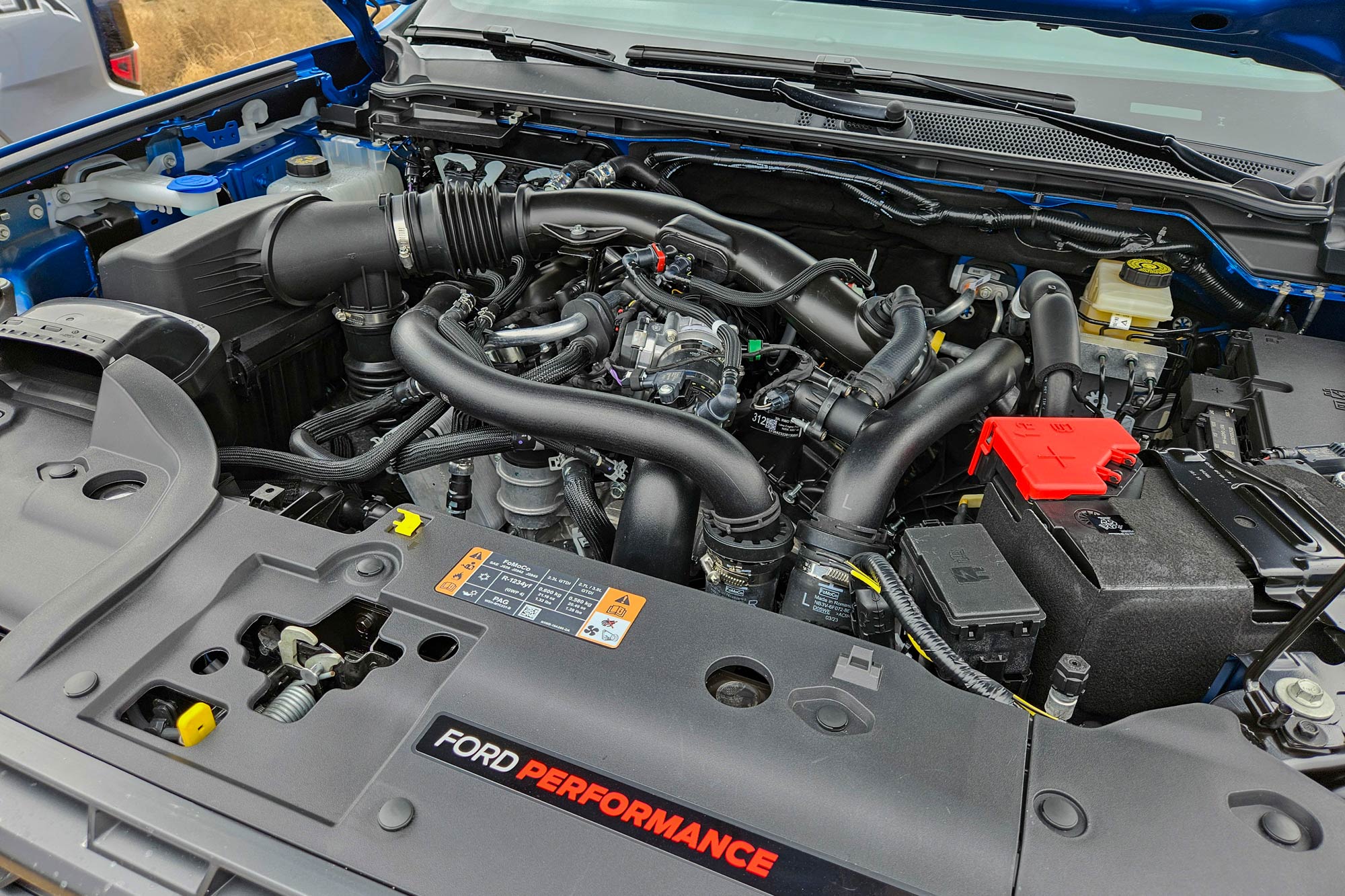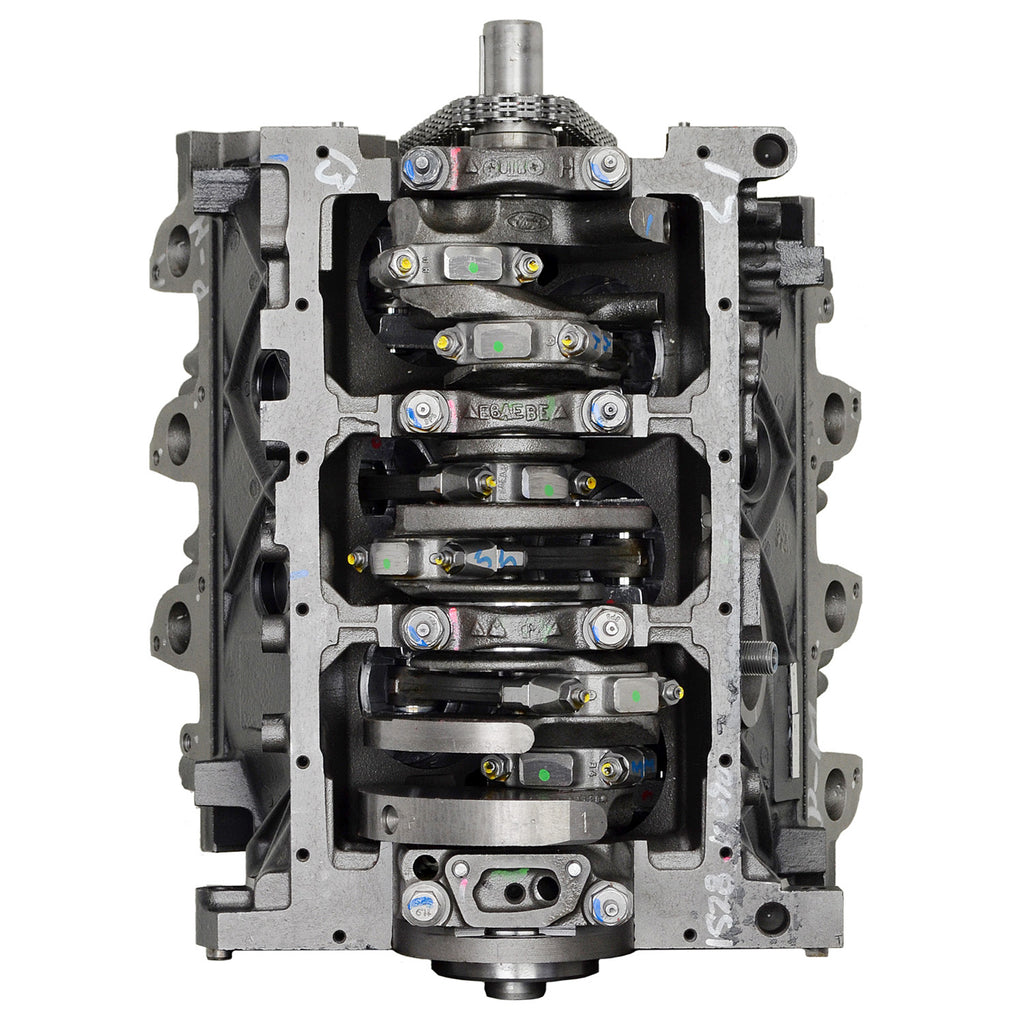How the 2.2 Ford Ranger Engine Stands Out for Durability and Power in Tough Conditions
How the 2.2 Ford Ranger Engine Stands Out for Durability and Power in Tough Conditions
Blog Article
Comprehending the Essentials of Vehicle Engines: Attributes, functions, and types

Introduction of Vehicle Engines
A car engine works as the heart of an automobile, converting fuel into mechanical power to move it onward. This complex system comprises various parts that work in unison to make sure optimal performance and performance. The fundamental operation of a car engine involves the inner burning process, wherein gas and air are combined, sparked, and removed to develop power.
The engine's style can considerably affect its efficiency, fuel efficiency, and emissions. Trick components include the cyndrical tube block, pistons, crankshaft, and camshaft, each playing a vital function in the engine's total feature.
In addition to these components, engines typically make use of numerous systems such as gas shot, ignition, and cooling down systems to boost performance and durability. Understanding the fundamental mechanics of car engines is necessary for doing and detecting problems maintenance, ultimately adding to the lorry's reliability and efficiency in time.

Kinds of Car Engines
Automobile engines can be categorized right into several kinds based upon their layout, gas type, and functional concepts. 2.2 ford ranger engine. One of the most usual classifications consist of inner combustion engines (ICE), electrical engines, and crossbreed engines
Internal burning engines, which can be further split right into gasoline and diesel engines, operate by sparking a fuel-air blend to produce power. Fuel engines are typically lighter and smoother, while diesel engines are a lot more fuel-efficient and offer better torque.
Electric engines use electric energy kept in batteries to power an electrical motor, giving instant torque and no exhausts during operation. As modern technology advances, electrical vehicles (EVs) are significantly becoming popular for their environmental benefits and reduced running costs.
Hybrid engines integrate components of both inner combustion and electrical engines, enabling versatile source of power and boosted gas effectiveness. They can run in numerous modes, making use of either the fuel engine, the electrical motor, or both simultaneously.
Each type of engine has distinctive advantages and negative aspects, influencing their application in different car types and market sections, from compact automobiles to heavy-duty vehicles. Recognizing these types is vital for making notified choices concerning lorry selection and efficiency expectations.
Engine Functions Clarified
Understanding engine functions is vital for comprehending how cars operate efficiently. At the core of any kind of interior combustion engine exists the fundamental process of converting fuel right into mechanical power. This procedure begins with the consumption stroke, where air and gas are attracted into the combustion chamber. Following this, the compression stroke presses the air-fuel mixture, increasing its temperature level and pressure.
The ignition takes place next, stiring up the mixture and developing a quick growth of gases. This force drives the piston down during the power stroke, which look at more info inevitably equates into the rotational movement of the crankshaft. The exhaust stroke then gets rid of the invested gases from the chamber, making means for a new cycle to begin.
In addition to these key features, engines also include systems that manage cooling and lubrication, making sure optimal functional temperatures and minimizing friction between moving parts. This complex interplay of features allows the engine to create the power necessary for automobile propulsion while keeping performance and reliability. Recognizing these functions offers useful understanding into the intricacies of vehicle design and enhances the capability to detect and deal with engine-related issues effectively.
Trick Engine Attributes
Engine style includes a number of vital features that considerably affect efficiency, longevity, and efficiency. One of the most critical aspects is the engine configuration, which includes inline, V-type, and flat styles. Each my link configuration impacts the engine's size, balance, and power output, consequently influencing overall car characteristics.
One more crucial feature is the engine variation, describing the total volume of all cyndrical tubes. Larger variations normally yield more power but might endanger gas performance. Engine products also play a pivotal role; lightweight and high-strength products, such as aluminum and magnesium alloys, boost efficiency without adding too much weight.
The type of gas injection system used-- such as direct or multi-port injection-- impacts combustion performance and discharges. Turbocharging and turbo charging are attributes that enhance engine performance by compeling added air right into the combustion chamber, increasing power outcome without substantially enhancing engine dimension.
Last but not least, the presence of advanced engine administration systems maximizes fuel-air mixture and ignition timing, adding to smoother procedure and far better fuel economic climate. Collectively, these features define an engine's abilities, setting the structure for its performance and durability in an affordable automotive landscape.
Maintenance Tips for Engines
Proper engine maintenance is critical for making certain optimum performance and long life, as neglecting routine treatment can result in considerable problems down the line. To keep your engine efficiently, start with normal oil changes, typically every 3,000 to 7,500 miles, relying on the sort of oil used. Fresh oil lubricates engine elements, lowering friction and wear.
Furthermore, monitoring coolant levels is important to stop getting too hot. Make certain that the coolant is covered up and is in good condition to keep reliable temperature level policy. Consistently evaluate and change air and fuel filters, as clogged filters can impede air movement and gas shipment, endangering engine efficiency.
In addition, take notice of trigger plugs and ignition systems. Faulty or worn ignition system can lead to misfiring and lowered performance. Checking the battery terminals and connections for rust is additionally essential, as a weak battery can impact engine starting.

Final Thought
In summary, an extensive understanding of automobile engines incorporates different kinds, features, and key attributes that substantially affect lorry performance. Inner burning engines, together with electrical and hybrid options, show diverse devices for power conversion. 2.2 ford ranger engine. Acknowledging the necessary features, such as intake and exhaust cycles, along with essential engine attributes like setup and gas injection systems, outfits car proprietors with the knowledge needed for effective upkeep and procedure, eventually enhancing car durability and performance
A cars and truck engine serves as the heart of he has a good point an automobile, transforming fuel into mechanical energy to propel it forward. The basic operation of a cars and truck engine entails the internal burning process, where gas and air are combined, sparked, and expelled to create power.
Routinely examine and replace air and gas filters, as clogged up filters can hinder air movement and gas delivery, endangering engine performance. - 2.2 ford ranger engine
In summary, a comprehensive understanding of cars and truck engines includes numerous types, functions, and key features that substantially influence lorry efficiency. Recognizing the essential features, such as intake and exhaust cycles, alongside crucial engine features like arrangement and gas injection systems, equips car proprietors with the understanding necessary for efficient upkeep and operation, inevitably boosting automobile long life and performance.
Report this page